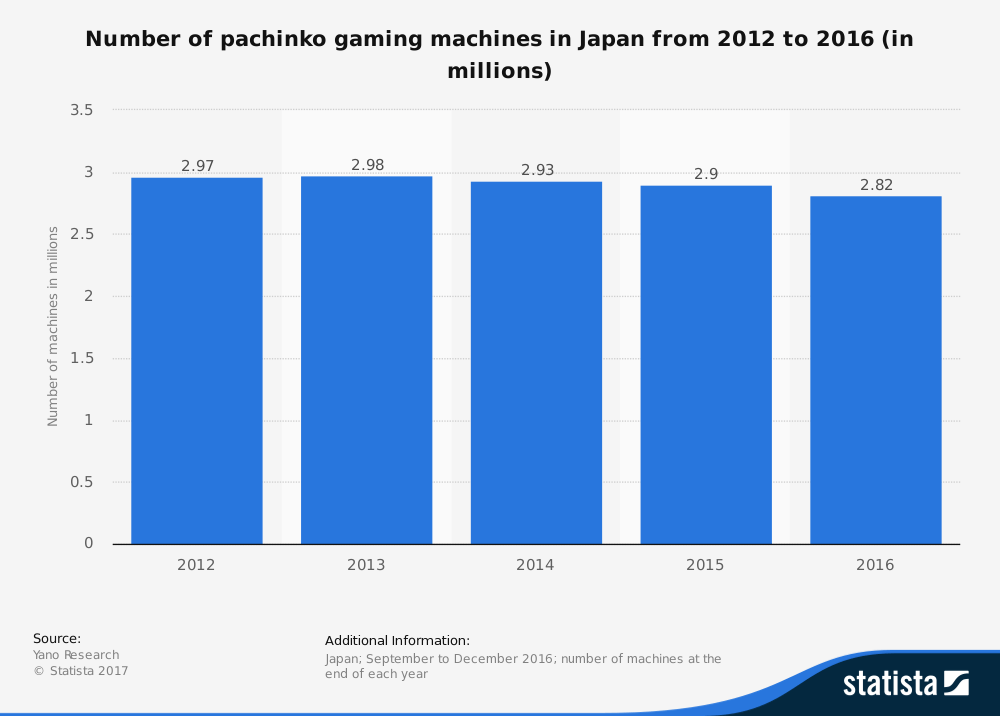Exploring Japan’s Unique Pachinko Phenomenon: Culture, Controversy and the Future
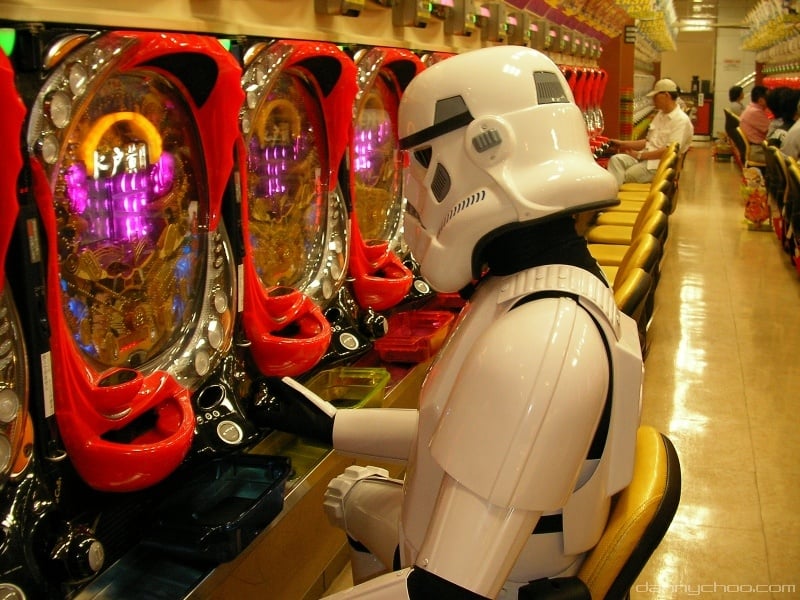
Pachinko, a captivating and distinctly Japanese pastime, traces its origins to early 20th-century Japan. This hybrid of arcade entertainment and gambling has become a powerful force in the nation’s amusement industry, attracting millions of devoted players and generating billions in revenue annually. Let’s take a closer look at how pachinko works, its intriguing history, the legal loopholes that fuel ongoing debate, and what lies ahead for this fascinating gaming culture.
Understanding Pachinko: How the Game Works
Unless you’ve traveled extensively through Japan or are well-versed in the lesser-known avenues of global gaming, chances are pachinko remains a mystery. While gambling for money is officially banned in Japan, pachinko thrives thanks to its categorization as an “amusement game.”
The typical pachinko experience features:
- An upright machine that resembles a vertical pinball device
- Tiny steel balls, about 11mm in diameter, used as tokens of play
- Dedicated venues known as pachinko parlors, brimming with the brightly lit, noisy machines
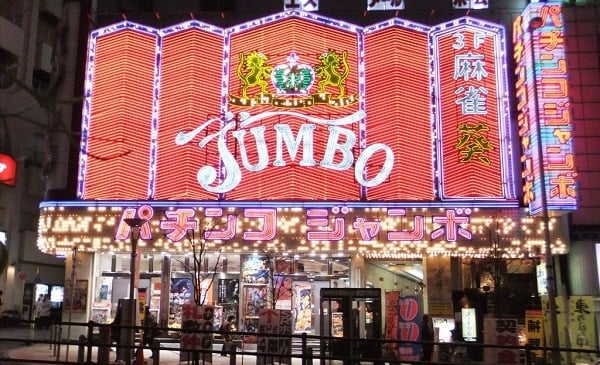
Players launch the steel balls into action by pulling a lever or trigger. As the balls travel across a circular chute, they slow down and descend into a complex playfield filled with pins and slots. When a ball lands in a specific pocket, the player earns more balls or special tokens, which can be exchanged for non-monetary prizes.
Originally, pachinko machines relied solely on mechanical parts. However, since the 1980s, modern pachinko has adopted electronic elements similar to video slots in the West. While winners don’t receive cash, the ability to win and trade balls for prizes ensures that the excitement of risk and reward remains central to the experience.
Tracing Pachinko’s Roots: From Children’s Game to Japanese Icon
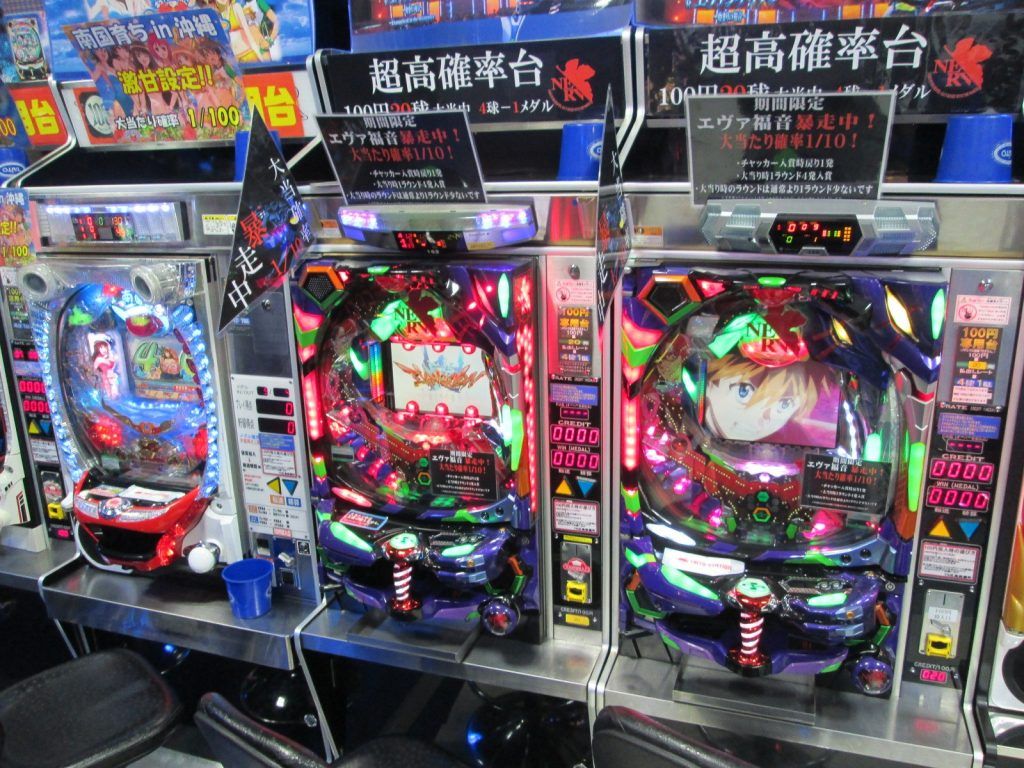
Pachinko’s ancestry stretches back to early 20th-century Japan and finds its inspiration in children’s amusements. The “Corinth Game,” a local favorite, drew heavily from the Western game “Corinthian bagatelle,” a predecessor to pinball. Some also believe that “Billard Japonais” (Japanese Billiards) played a role in shaping the pachinko we know today.
While it started out entertaining youngsters, pachinko made the leap to adult gaming arenas in Nagoya around 1930. The evolution was briefly halted as parlors shuttered during World War II, but after the conflict ended, pachinko resurged and quickly became a beloved national pastime among Japanese adults.
Pachinko’s Legal Ambiguities and Social Debate
Pachinko occupies a gray area in Japan’s legal framework. Although direct cash payouts are forbidden, players can win all sorts of prizes-from everyday goods like cigarettes and snacks to high-end electronics or designer bags. These prizes can then be discreetly exchanged for cash at nearby shops unaffiliated in name, yet operating in tandem with the parlors.
This roundabout form of quasi-gambling has stirred both fascination and controversy. Critics argue that it makes a mockery of anti-gambling statutes, while supporters point to its entertainment value and economic boon.
According to recent estimates, Japanese players spend approximately 23.3 trillion yen (about $209 billion) every year on pachinko. The sheer scale of the industry means authorities often approach related legal breaches with a degree of leniency, prioritizing enforcement efforts on more direct crimes.
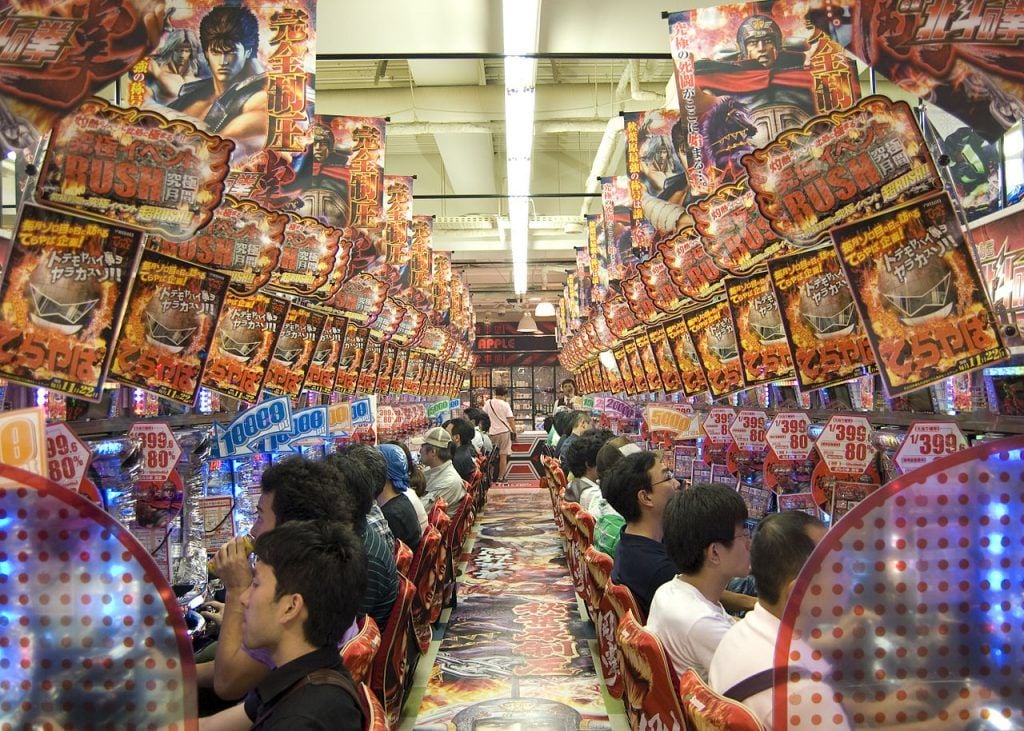
One notable case demonstrates this attitude: in 2005, a Kanagawa pachinko parlor reported a significant financial loss caused by counterfeit tokens. Instead of clamping down on the parlor’s illegal prize exchange operation, the authorities focused their resources on tracking down the counterfeiters, leaving the parlor’s questionable operations untouched.
The Road Ahead: Pachinko and the Prospect of Legalized Gambling
Japan stands on the brink of potentially significant changes in its gambling laws. In anticipation of major international events like the Tokyo Olympics, lawmakers began debating whether to officially sanction gambling, at least for a limited period. A landmark bill passed by the National Diet in 2016 opened the door to future legislative changes, but full implementation still requires further political action.
Legalization of gambling could impact pachinko in several ways:
- Allowing direct cash payouts and larger jackpots
- Boosting regulatory oversight and compliance
- Attracting even more players, and potentially international tourists
Should gambling be legalized, the pachinko industry stands poised to experience unprecedented growth and transformation. Whatever the outcome, Japan’s enduring love affair with this compelling game shows no signs of slowing down. As pachinko continues to evolve, its place in Japanese popular culture-and its global intrigue-remains as strong as ever.

